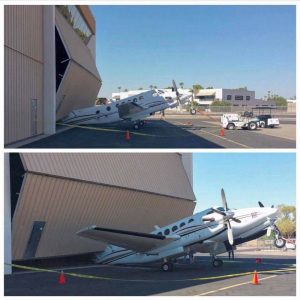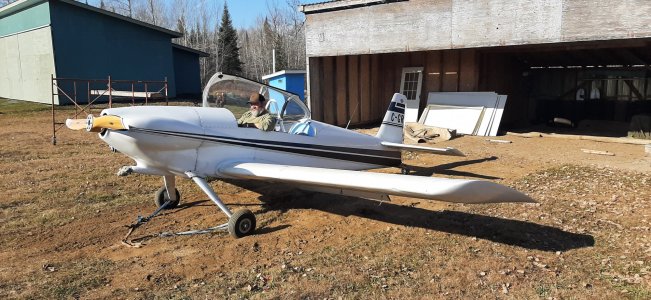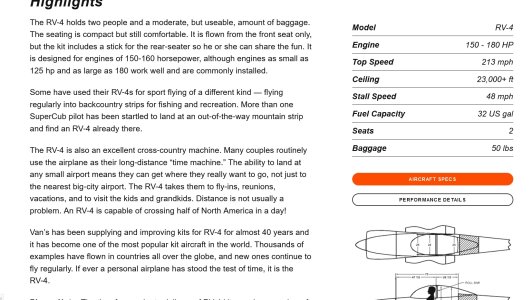@DPittman Good point! There are hydraulic valves which mount on cylinders to provide fail to safe conditions should a hose etc. fail, I can't recall what they're called right now. The basics are that with no pressure in any line, the valve blocks flow to and from the cylinder. To move the cylinder either way a positive pressure is required to release the valve.One thing I think should be designed into any large overhead (as opposed to horizontally sliding) door is a brake system in case the lifting mechanism fails. My electrically operated vlb door has a brake in case power fails. I'm not sure how one would go about a brake system with a hydraulic system if a hose busted, maybe a flow control device? I imagine the commercially made hydraulic lift systems have something but I do not know what that is.
D
Last edited:



